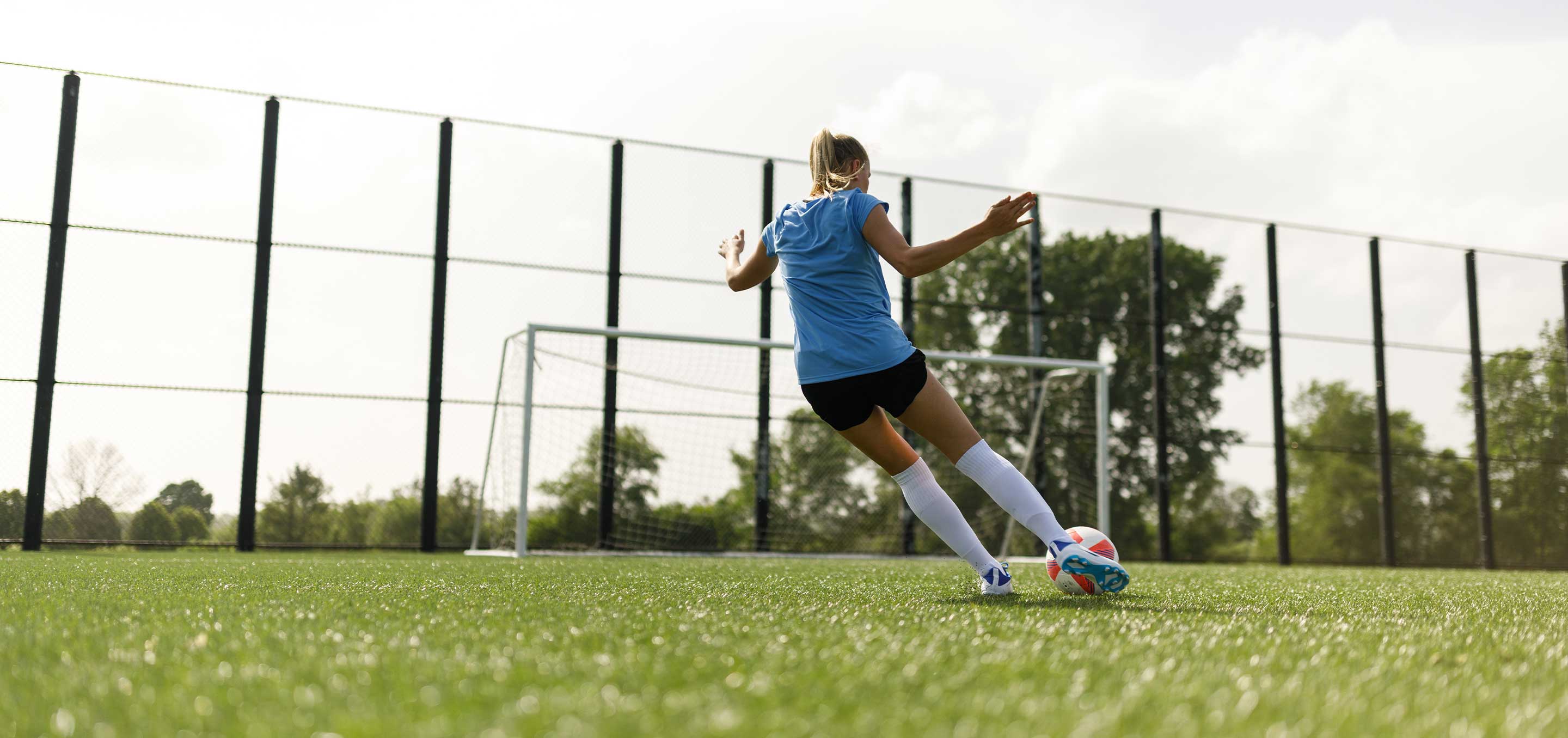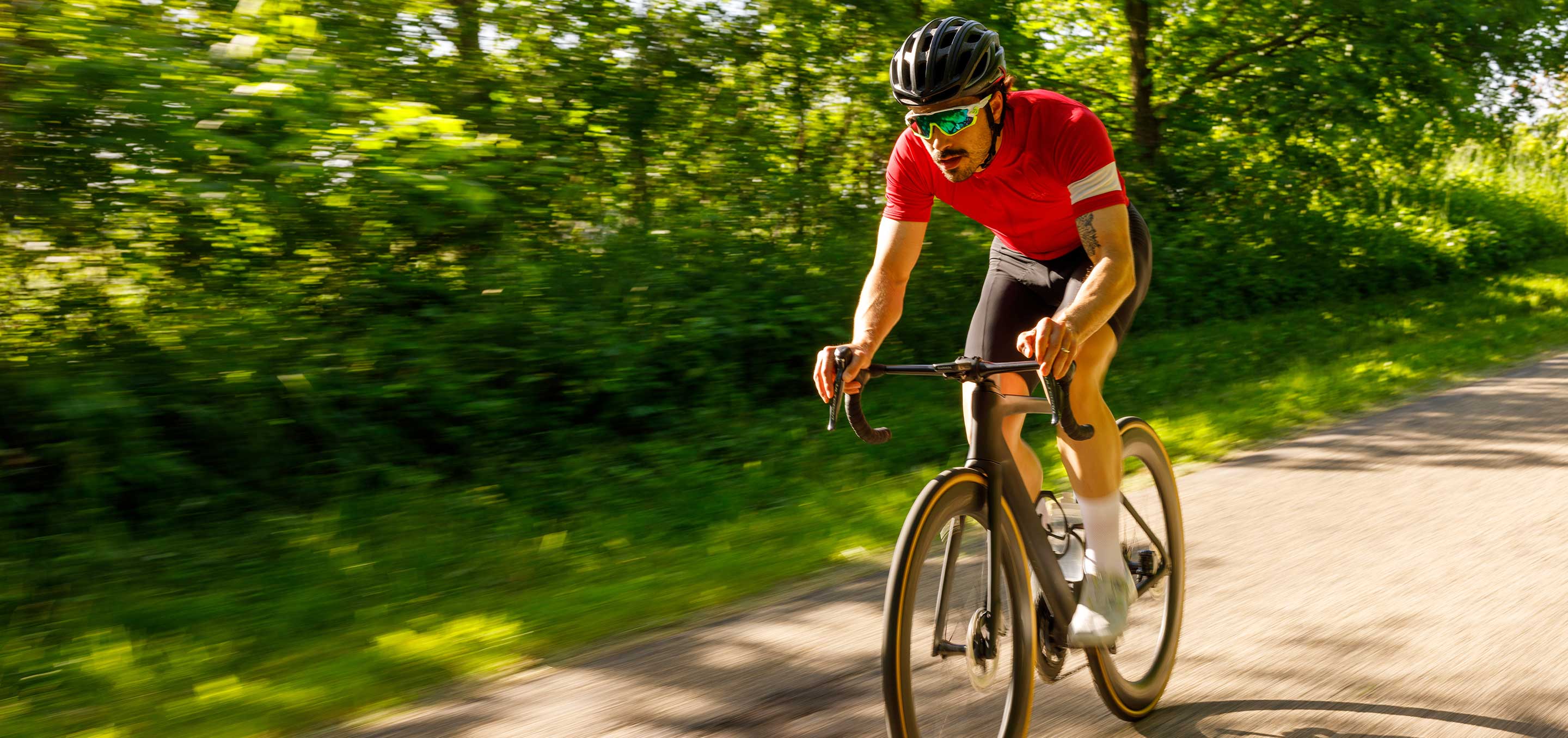Trail Running Tips for Beginners
Trail running is one of the fastest-growing outdoor sports, and it’s easy to see why. It blends the endurance of road running with the challenge of uneven terrain, steep climbs, and rugged trails. For beginners, it can be both exciting and intimidating, but with the right approach, trail running becomes a rewarding way to stay fit, explore nature, and keep moving.
Why Start Trail Running?
Running on trails feels different from running on the road or treadmill. The softer ground is easier on your joints, the constantly changing terrain challenges your muscles in new ways, and the scenery provides a mental reset that’s hard to find on the treadmill or road running.
Some benefits of trail running for beginners include:
- Improved strength and balance – Uneven ground forces your stabilizing muscles in your hips, knees, and ankles to engage more.
- Better endurance – Steep climbs and descents build cardiovascular capacity and leg strength.
- Mental health boost – Studies show spending time in nature reduces stress and improves focus.
- Less repetitive impact – Trail surfaces vary, reducing the repetitive strain often linked to road running injuries.
For new runners, trails can also make workouts more enjoyable. Instead of fixating on pace, you’ll focus on navigating terrain, reaching scenic viewpoints, and building stamina step by step.

Gear Basics for Beginner Trail Runners
One of the most important aspects of trail running is preparation. The right gear helps you stay comfortable, safe, and injury-free.
Shoes That Fit the Terrain
Regular running shoes may not provide enough traction or stability for trails. A good pair of trail running shoes offers:
- A more aggressive tread for grip on dirt, mud, or rocks.
- Reinforced uppers for protection against roots and debris.
- Stability features to handle uneven terrain.
Even with the right shoes, comfort and support come from what’s inside. CURREX Trail Running Insoles are designed with Dynamic Arch Technology (DAT) to adapt to your unique foot profile. They provide shock absorption on descents, arch-specific support for stability, and a slim, lightweight fit that won’t crowd your shoes. For beginners, this extra layer of protection can make a big difference in reducing foot fatigue and helping you run longer with confidence. If you need help deciding which insole is best for you, our Insole Finder is a great tool.
Apparel and Essentials
Weather conditions can change quickly on the trail, so versatility is key.
- Clothing: Choose moisture-wicking layers and bring a lightweight, packable jacket for wind or rain.
- Hydration: A handheld water bottle or hydration pack keeps you fueled.
- Safety gear: Bring a trail map, phone, or GPS watch. For evening runs, add a headlamp and reflective gear.
Training and Technique Tips
Trail running challenges your body in ways road running doesn’t. For a beginner trail runner, the key is to start simple and build gradually.
Start with Easier Trails
Look for beginner-friendly trails with mild elevation and well-marked paths. Focus on distance before tackling steep climbs or rocky descents.
Adjust Your Stride
Shorten your stride and keep your feet under your body. This improves balance and helps you react quickly to uneven terrain.
Walk the Climbs
Even experienced trail runners hike the steepest uphills. Save energy by power hiking rather than running every incline.
Strengthen Your Foundation
Since trails stress the hips, knees, and feet, strength training is essential. Focus on:
- Squats and lunges for leg strength.
- Calf raises and balance drills for ankles and feet.
- Core exercises (planks, rotations) for stability.
(Tip: Check out our Pickleball Strength Training blog for more strength exercise ideas, the same principles apply to trail running.)
Injury Prevention for Trail Running
Trail running is lower impact than road running but carries unique risks like rolled ankles or knee strain. Here’s how to minimize them:
- Warm up: Dynamic stretches like leg swings and hip openers prepare your joints for uneven ground.
- Strengthen stabilizers: Strong hips, glutes, and ankles reduce injury risk.
- Recover well: Stretch, foam roll, and allow rest between long runs.
- Support your feet: Insoles designed for trails, like the CURREX RUNPRO or HIKEPRO to provide cushioning and alignment that reduce stress on joints and muscles.
By taking these steps, you’ll not only reduce injury risk but also recover faster and enjoy the sport more.
Building Confidence as a Beginner Trail Runner
Starting something new always feels a little overwhelming. These trail running tips can help you build confidence:
- Progress gradually: Increase mileage and difficulty slowly. A good rule is to add no more than 10% distance per week.
- Run with others: Join a trail running group or bring a friend. It makes the experience safer and more fun.
- Track your runs: Use an app or GPS watch to monitor progress. Celebrate small wins like finishing your first 5-mile trail.
- Embrace the experience: Trail running isn’t about pace, it’s about consistency, endurance, and enjoying the outdoors.
Trail running is one of the best ways to mix fitness with outdoor adventure. For beginners, the key is to start simple, gear up properly, and train smart. With consistent practice, you’ll build strength, confidence, and endurance on the trails. And while no two runs are the same, one thing stays constant: your feet power every step. Adding support with CURREX Trail Running Insoles helps you stay comfortable, reduce fatigue, and move with confidence, so you can focus on the scenery instead of sore feet.
Trail Running for Beginners FAQs
Q: How do I start trail running as a beginner?
A: Start with short, easy trails, focus on balance and stride, and gradually increase distance and difficulty.
Q: What gear do beginner trail runners need?
A: Trail running shoes, moisture-wicking clothing, hydration, and insoles for comfort and stability.
Q: How is trail running different from road running?
A: Trail running emphasizes balance, strength, and agility on uneven terrain, while road running focuses more on pace and rhythm.
Q: What are the best trail running tips for injury prevention?
A: Warm up, strengthen your hips and ankles, start gradually, and wear supportive gear to protect your joints.








